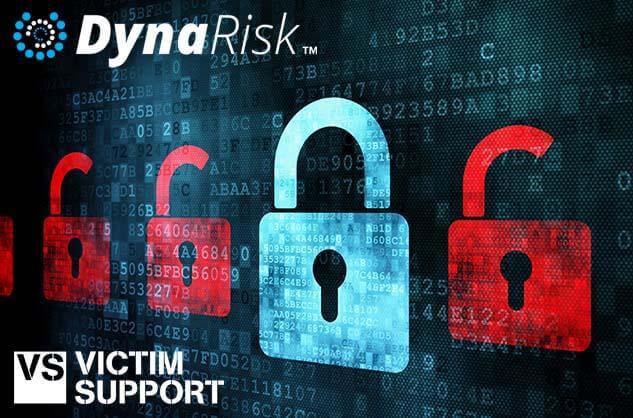Six million fraud and cyber crimes were committed in the UK in 2016. Most of us won’t know we are at risk until we fall victim to online crime.
Many of us aren’t well protected against digital crimes because we don’t understand enough about them or how to protect ourselves.
We’ve recently partnered with online security experts DynaRisk. Here they explain the top five online threats you should look out for and how you can protect yourself.
1. Scam emails
Also known as phishing, scam emails can take many forms. They may appear to be from your bank, a consumer goods retailer like Amazon or Apple or even from a friend. These scams try to entice you to click on a hostile link, enter personal information into a website or open an attachment.
In all of these cases, a criminal is attempting to steal your information so they can impersonate you to carry out fraud.
While you might be thinking, ‘I never click on suspicious links’, the reality is that many of us do.
2. Ransomware
Ransomware is a type of virus designed to hold your personal or business files for ransom. You might get hit with ransomware by clicking on a link you shouldn’t or opening a seemingly legitimate email attachment.
Once the ransomware virus is on your device, it makes your documents, videos or photos inaccessible unless you pay a ransom to the criminal.
3. Banking virus
Another type of virus, these are specifically designed to steal your login information and security codes for online banking websites. Just like ransomware, you can encounter a banking virus simply by clicking on a link or visiting a website that seems legitimate but isn’t.
Banking on a smart phone may feel safer, however there are a number of banking viruses that can infect smart phones, steal your information then commit fraud.
4. Stalking and surveillance
Stalking and surveillance online are not just targeted at movie stars and politicians. There may be people who want to track your movements online, including current or past partners, friends with a grudge, rival businesses associates or criminal groups.
While each of these have different motives for tracking you, the goal is the same; obtain as much information about you as possible and use it to their advantage.
5. Oversharing personal information
With so many online services, many of us are signing up to new websites every month, even every week. In doing this, our personal information gets spread around the Internet and used in different ways. We let apps and websites track our location, learn what products we might like to buy and even listen to our conversations.
By freely giving out our personal information to so many sites, we run the risk of losing control of it.
What you should do to stay safe
In the physical world, a good door lock and burglar alarm are generally enough to protect your home. Unfortunately with so many different types of digital threats, devices and services, there is no one single thing you should do to stay safe.
There’s no one easy fix to staying safe online, but here are a few ways you can reduce your risk.
- Keep your devices up-to-date with the latest security fixes.
- Make sure you regularly check and set privacy controls on social media websites.
- Don’t re-use the same password on different websites.
- Scrutinise emails from unknown sources to make sure you aren’t being tricked — and if you aren’t sure, don’t click on the link.
- Always Take Five to stop and think before you act.
Victim Support has also partnered with DynaRisk, an online security software which can provide you with a personal cyber score. Once you know your cyber score, you can then take the right steps to protect yourself based on your own digital life.

